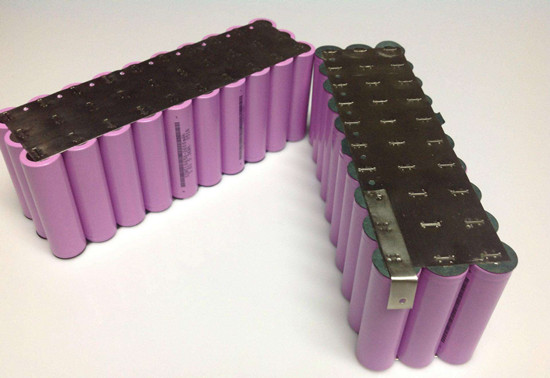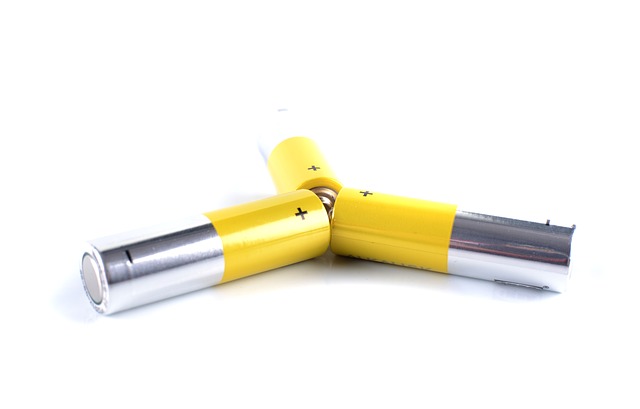Best Way to Store RC LiPo Batteries-Storage and Safety
Feb 15, 2020 Pageview:2644
As we all know, Lithium Polymer batteries are an advanced form of Lithium-ion technology. Also called LiPo batteries, they are commonly used in mobile phones and other devices and equipment due to the unique characteristics it has. The battery got the name as it uses a polymer electrolyte in the chemistry, unlike the liquid one, as in Lithium-ion batteries.
As the LiPo batteries have compelling advantages over the other types of batteries, its industrial application is also enormous. From radio-controlled equipment to aircraft, personal electronic items to electric vehicles, these batteries are being used on a worldwide scale. But the batteries are not being used 24/7. Many consumers often have to store these batteries eventually. There are some things that every LiPo battery user has to consider. So, in this article, we will explore the best way to store a LiPo battery so that it will be safe for use when we take it out.
How Do You Store RC LiPo Batteries?
If you think that you can simply take out the Lithium-polymer battery from the device it powers, and store it, then you are wrong, my friend. There are three simple questions that you need to ask yourself before you store the rechargeable Lithium-polymer batteries.
How much should you discharge the battery?
How much voltage is ideal for storage?
How should you discharge the battery?
To know the answer to all these questions, you must learn about the battery as much as possible. We will start by telling you how you can discharge the battery for storage. It is recommended that instead of trying to discharge the battery manually, get a quality balance charger that operates on storage mode. This will ensure that before you put out the battery, it has enough charge voltage left.
Now, while you are storing the battery, test the voltage first. One vital thing to keep in mind is that storing a LiPo battery fully charged or discharged can actually be harmful and damage the battery chemistry beyond repair. The ideal voltage is for storage is 3.8 Volt. Keep the voltage of each cell at 3.8V and maintain the charge between 40 to 60% for longevity.
Always remember that safety is the first factor that you should consider while storing any type of battery. After all, they are chemicals that are harmful to nature and humans. Generally, with every battery you buy, there is an instruction guide that will explain the regulatory information about the batteries. If the pamphlet doesn’t such relevant information, then you can look for tips and guides online.
How Long Can LiPo Batteries Be Stored?
We all can agree that LiPo batteries are a valuable upgrade to the Lithium-ion battery technology. But along with the upsides of the chemistry, the battery also derives risks similar to Lithium-ion. They are nowhere near perfection even though they are light. One of the drawbacks of LiPo batteries is that they are more prone to mechanical damage. And just like every other battery that ever existed, they also have a limited lifespan. That’s why every consumer wonders whether they will be able to reuse the battery or not if they store it for some time.
Talking about the shelf life of these batteries, you must know that the moment these batteries are assembled, they start aging. Aging is something that not even rechargeable batteries can escape. But there are certain factors that can affect the shelf life of a battery. The term shelf life describes the length of time the battery can be stored before they become unfit for use.
The more LiPo batteries are charged, the faster they age. But what if you don’t use them? Typically, the shelf life of LiPo batteries is around two to three years. However, it is advised that you keep the difference between usages as short as possible. Once the battery is unsafe for storage and use, it starts to swell up, and you’ll know that the expiration date for the battery is near. We have to accept that LiPo batteries will deteriorate over time. So, all you can do is follow up with some tips that will extend its lifespan.
Is It Safe To Store LiPo Batteries Fully Charged?
Most professionals know that Lithium-polymer batteries must never be stored while they are fully charged. The battery chemistry is very sensitive, which means that in case you store them at high temperatures, the reaction inside the battery will lead to a series of chain reactions that can lead to a major explosion.
Leaving the battery in storage for a long time when it is fully charged causes stress buildup inside the battery. As a result, the battery degrades over time and swells up. If you leave the battery fully charged at room temperature, it will lose 20% of the original capacity in just one year. That’s why we recommend that you store the batteries in a cool place for just a couple of months and keep checking its voltage frequently.
This regulation is not just for a full charge; you must be careful not to discharge the battery fully. A battery that is fully charged might lose 40% of the overall capacity within 3 months if you mistakenly let it sit in higher temperatures. The more often you make the LiPo batteries sit fully charged, the more it will lose the capacity.
Hence, the best practice to store the Lithium polymer batteries is to discharge the battery to its ideal storage voltage then keep it in a cool place away from direct contact of any heat source. Even if you are only planning to put the battery on the shelf for a couple of days, this is the way to store them so that the battery chemistry is safe and the lifespan won’t get affected much. Take a look at the instruction guide that comes with the battery pack, and you can gather up all the necessary information regarding LiPo battery storage.
Leave Message
Hottest Categories
-
Hottest Industry News
-
Latest Industry News












